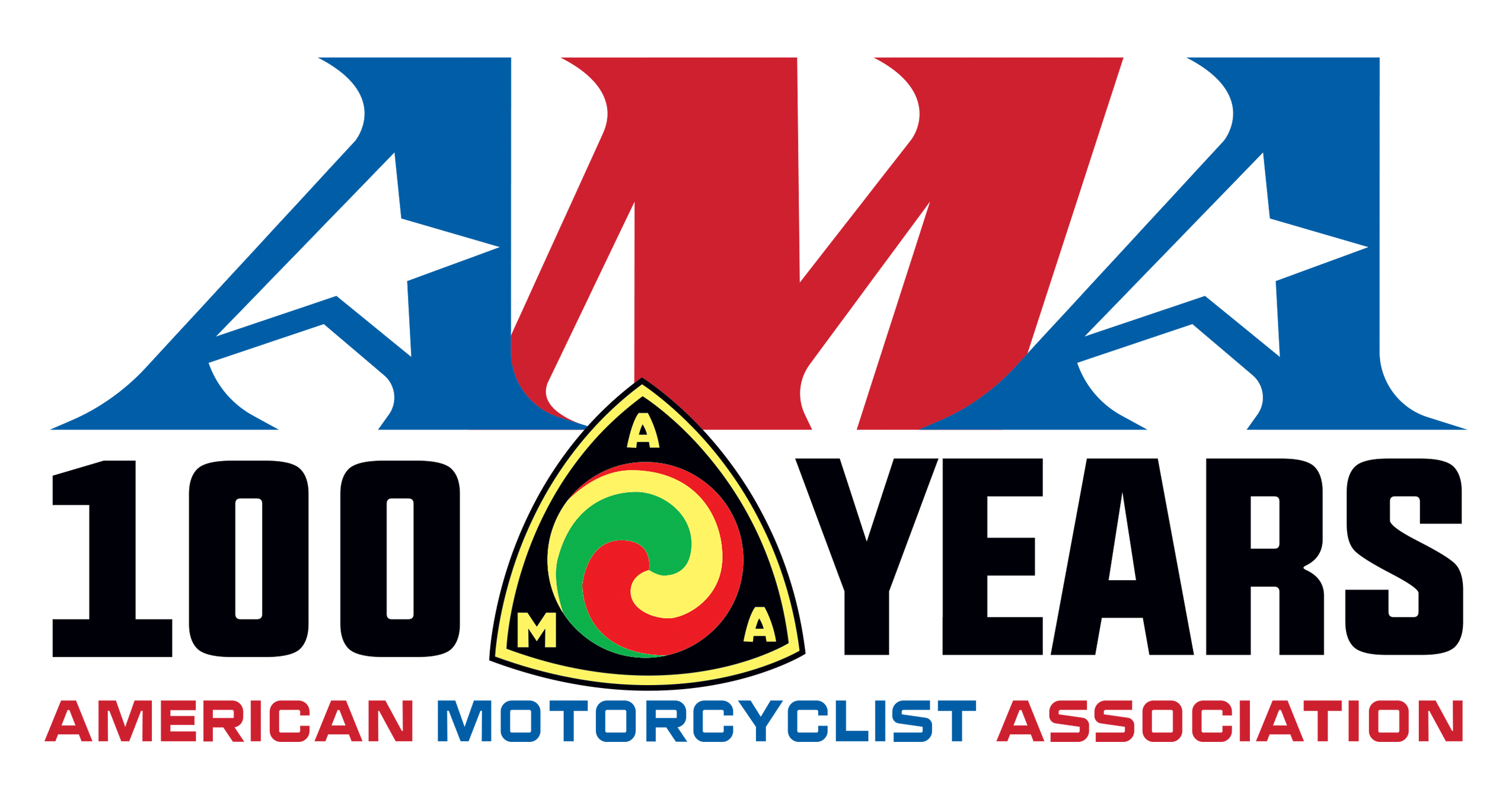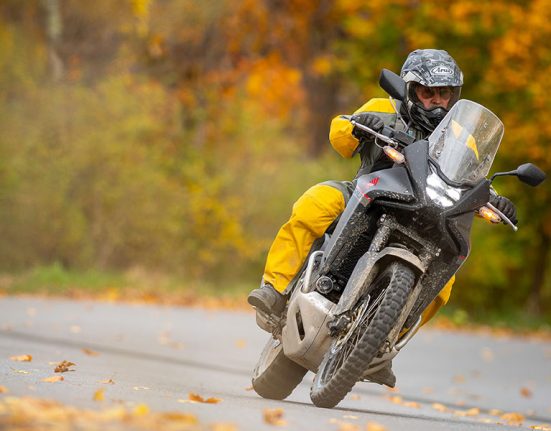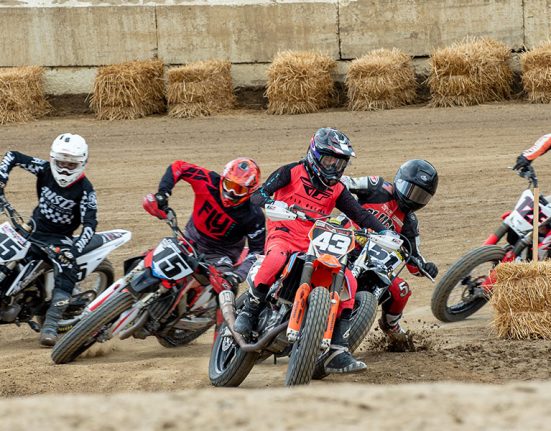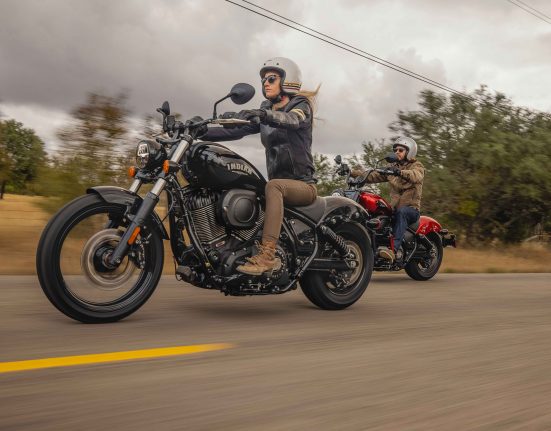How to Choose the Right Bike
Buying your first motorcycle is exciting. But buy the wrong one and you’ll be disappointed, or worse.
Don’t let a salesperson or a friend or relative be the only resource you consider when purchasing a motorcycle. The key is to find the right bike for you! Here are a few things to keep in mind when choosing your first bike.
What Type of Riding Do you Plan to Do?
What type of riding will you do with your motorcycle? Do you plan to ride it off road? Will you take it on both paved and dirt roads? Do you want to cruise around your neighborhood, commute to work, or take longer road trips?
Depending on the type of riding you’re interested in, there are various types of motorcycles, from dirtbikes to cruisers, adventure bikes to sportbikes, to dual-sports, sport touring and touring cruisers.
If you’re a first-time rider, you’ll want to choose a type of bike that fits the riding you’ll do, but it’s also important to go with a beginner-sized version — something not too big or heavy, and something with a low seat height.
New Vs. Used Bikes
Both new and used motorcycles come with pros and cons. New bikes are less likely to have mechanical problems, but they’re more expensive. Used bikes will save you some money, but you don’t always know their history, and they’re more likely to have a mechanical issue along the way. If you do buy used, get the bike checked out by a reputable mechanic at a local shop.
For new riders, a cheap, used motorcycle may be a great starter bike. That gives you a chance to get your feet wet riding without making a big investment. If you’re worried about finding a reliable used bike, local dealers often have used motorcycles that have been checked out and come with service agreements to give you peace of mind. Of course, searching for motorcycles on Facebook Marketplace or other online marketplaces like Cycle Trader offer a great way to find used bikes, as well.
Engine Displacement
Engine displacement (or engine size) is referred to in two ways: cubic centimeters (cc) or cubic inches (ci). Generally speaking, the higher that number the more power a motorcycle has.
If you’re a beginner, a more powerful engine will come with a steeper learning curve, so starting out with a motorcycle that has a smaller engine (less displacement) is a smart move. Do that, and you’ll be on a bike with more manageable power (and size) while learning the basics. Once you’ve built your confidence and your riding skills, you can consider moving up to a larger motorcycle.
For new riders, a cheap, used motorcycle may be a great starter bike. That gives you a chance to get your feet wet riding without making a big investment. If you’re worried about finding a reliable used bike, local dealers often have used motorcycles that have been checked out and come with service agreements to give you peace of mind. Of course, searching for motorcycles on Facebook Marketplace or other online marketplaces like Cycle Trader offer a great way to find used bikes, as well.
Find the Right Size for your size
Like men, women come in all shapes and sizes, and when you’re choosing a motorcycle you’ll need to consider your height, weight and the length of your legs and arms.
One of the best things you can do to find the right motorcycle is to sit on as many as you can. When you sit on or test ride motorcycles, here are some important questions to ask:
- Can you touch the ground with both feet (and not just your tippytoes)?
- Are you able to turn the handlebars in both directions with ease?
- Does the bike feel too heavy for you?
- Are you able to reach all controls on the bike — brake and shift pedals, brake and clutch levers, etc. — without overextending?
- How do you feel in the riding position? Overly stretched or cramped?
AMA-Sanctioned Events
Search for AMA-Sanctioned events by city, state, event type and date range.






